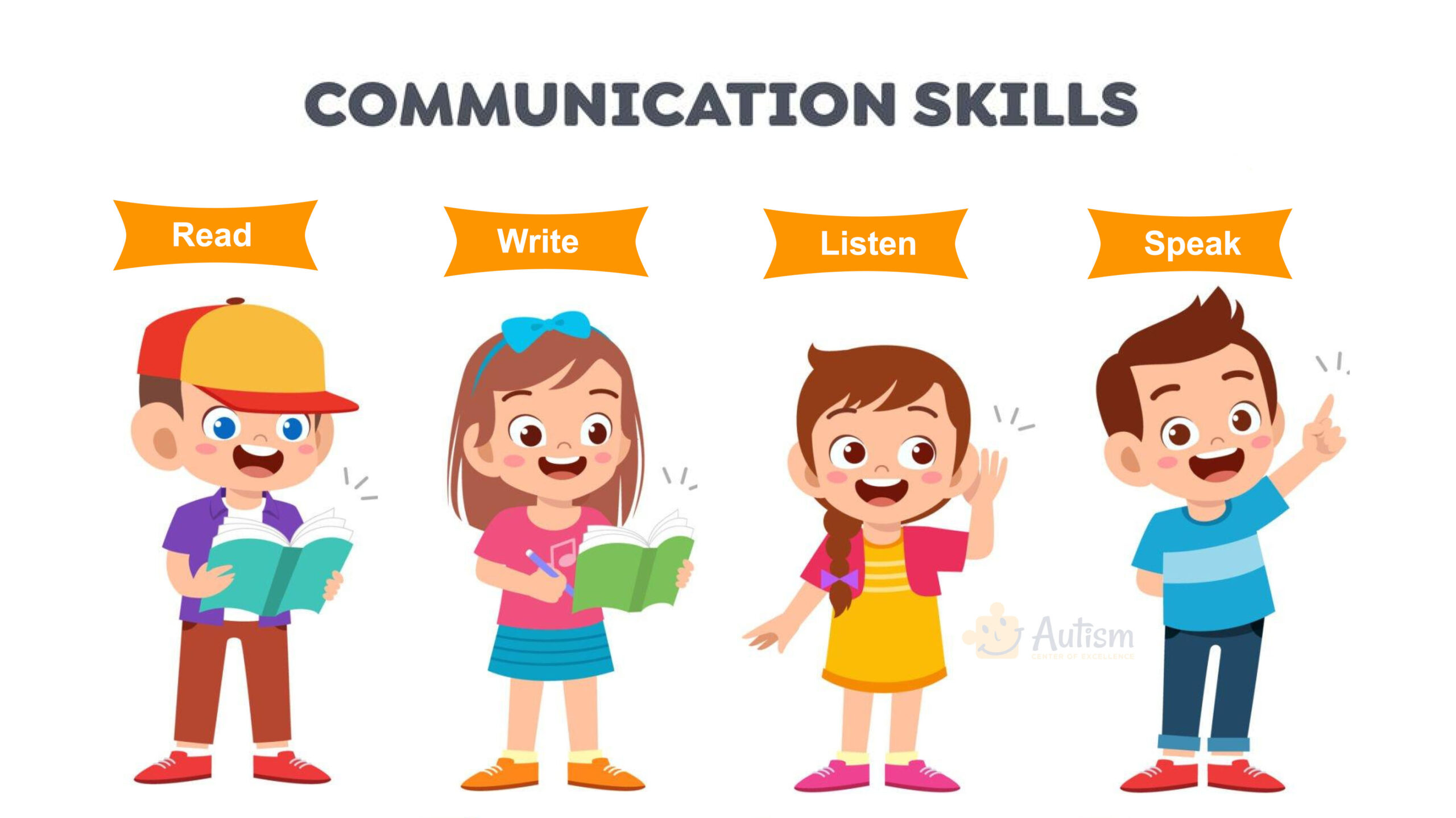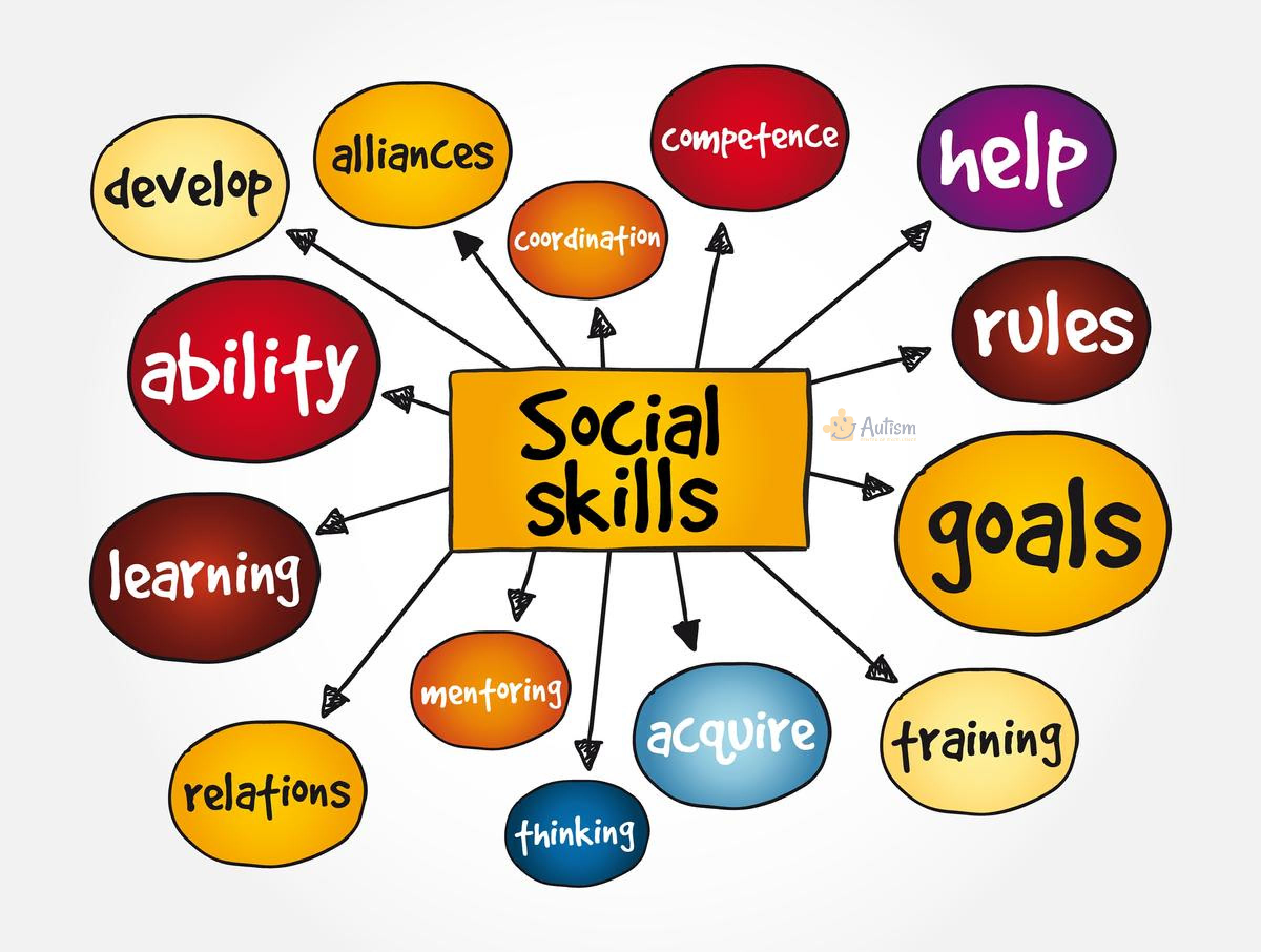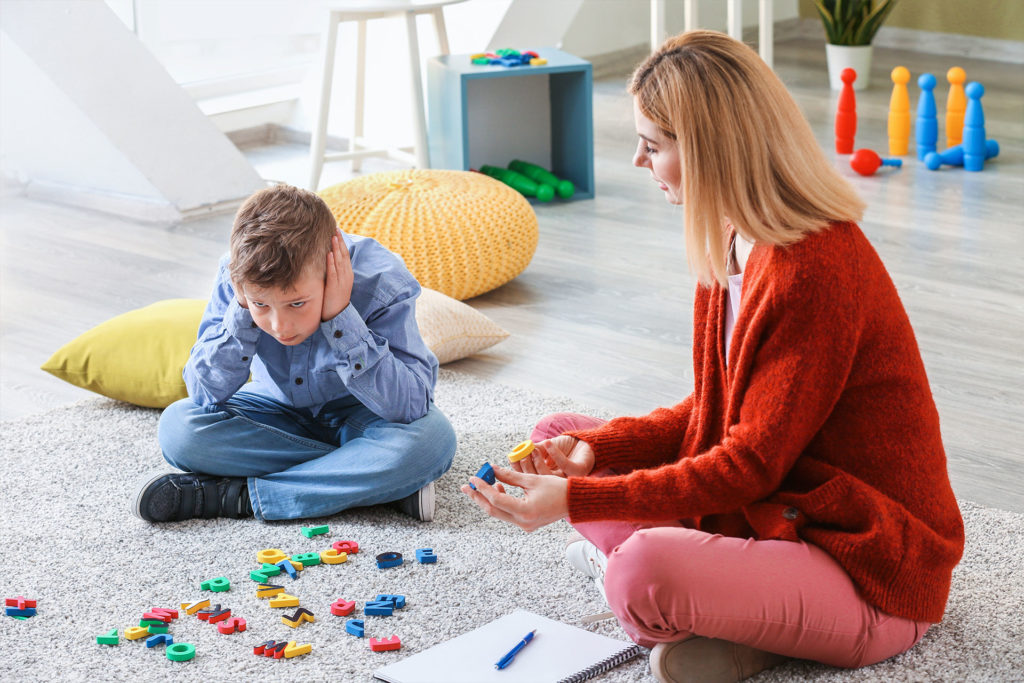School readiness is an extremely vital stepping stone for a child as it represents a shift from the early childhood to a school educational approach. This is the time when it’s expected that children will gain certain skills and patterns of behavior that will help them succeed in school. Applied Behavior Analysis (ABA) is an instrumental method of practice that can help improve a child’s readiness for school to a great extent. From this deep analysis, we will look at the benefits of ABA for school readiness, see how it enhances communication skills, implement academic readiness, develop social skills, build independence, manages behavior, create a structure of routines, sharpen the attention and task engagement, ease the transition, offer assistance that is suitable and actively involve parents.
1. Improved Academic Readiness
ABA recognizes that a strong foundation is necessary for academic achievement. The methodical introduction of letters and their matching sounds—often with the help of visual aids and repeated practice—builds pre-reading skills. Exercises that improve fine motor control, such as tracing shapes and drawing lines, help develop prewriting skills. Beginning with counting and number recognition, numbers and fundamental math concepts are gradually introduced to build numeracy skills. Children are prepared for success in the classroom by having these skills reinforced and generalized, in addition to being taught. This allows them to apply these skills to a range of academic assignments.
2. Encouraging and Fostering Independence
The method used by ABA to promote independence is quite organized. Therapists deconstruct things such as clothing oneself into steps that are easy to follow and systematic. Kids receive guidance through every step, and when they finish each one successfully, they receive praise and reinforcement. They eventually acquire the abilities and self-assurance required to carry out these duties on their own. Other self-help abilities, like grooming and using the restroom, are also essential in school environments where kids are expected to take care of their own needs. These abilities are referred to as independence.

3. Enhanced Communication Skills
ABA breaks the communication problem down into its elements which are subsequently analyzed and taught systematically by using various teaching methods. By way of an illustration, a child with speech restriction could start with some basic sounds. The process would then move on to the words before finally the sentences. Non-verbal communication such as gestures and eye contact can be also improved via instructive activities. Social Skill Training, which involves engaging people in conversations and looking into their eyes while speaking, is another crucial aspect covered. ABA aims not only at the instruction of verbal skills but also the comprehension to make the most of a given language in social interactions and classroom participation which is necessary for friendship.
4. Established Structured Routine
Through the use of regulated routines and timetables, ABA helps children develop daily patterns that are similar to those of a regular school day. Visual calendars and regular cues help children get used to transitions, such going from playtime to study time. This gets kids ready for the regimented style of learning in a classroom, where they have to pay attention in class, adhere to a set timetable, and move between tasks quickly.
5. Effective Transition Preparation
The transition preparation method used by ABA is systematic and gradual. In a method that reduces fear, children are introduced to classroom, teachers, and peers as part of a school setting. For instance, kids may begin with brief visits to a classroom outside of regular school hours, progressively increasing the time and instituting regular school-like procedures. This systematic approach makes the adjustment to school easier and less frightening for kids by allowing them to get used to the new environment and routines.

6. Social Skill Development
ABA explores the subtleties of social interactions in addition to teaching fundamental social skills. Youngsters learn how to start conversations by saying hello and posing questions. They also learn how to react correctly to different social cues. Using role-playing and planned play activities, more advanced abilities like sharing, empathy, and taking turns are taught. In order to ensure that kids can successfully negotiate the social complexity of a school environment, ABA also assists kids in understanding the unwritten social rules that govern behavior in various circumstances.
7. Increased Attention and Task Engagement
ABA relies on discrete trial training (DTT) which involves splitting tasks into smaller achievable units. This method helps children to develop their perseverance in concentrating on tasks and sequentially conducting them. Children can come to understand what it means to follow instructions quickly and finish their work as well as abide by the school code of conduct thus preparing them for classroom participation.
8. Tailored Support for Unique Needs
Individualized approach ABA takes in the start of a child’s assessment of strengths and the areas that need much improvement. Next, therapists craft interventions to suit the child’s particular features, and these aim to provide her with specific assistance. For example, if a youngster is having problems with social interactions but is strong in academic areas, ABA will provide the needed social skill intervention while reinforcing academic conquests. Such a personalized approach, on the other hand, guarantees quick and successful child’s progress and fulfills their customized therapy needs.
9. Active Parental Involvement
In ABA therapy, parents are essential participants. They receive instruction on how to apply ABA Techniques at home in a way that creates a stable and encouraging atmosphere. Parental involvement is encouraged to reinforce and apply the skills acquired in treatment to everyday settings, so it goes beyond therapy sessions. Because skills mastered at home are reinforced in a natural context, the child’s overall development and preparedness for school are improved when therapists and parents work together.

10. Reduced Challenging Behaviors
Reducing problematic behaviors in people entails using techniques such as Functional Behavior Assessments (FBA) to identify the underlying causes. Expressing demands is made easier by encouraging efficient communication through alternate techniques like signs or visual aids. Plans for Positive conduct Support (PBS) include defining clear expectations and rewarding positive conduct. Incorporating choices and sensory accommodations, as well as maintaining consistency in routines and surroundings, can help reduce problematic behaviors even more. Professional collaboration and training for caregivers or staff can also improve the efficacy of these therapies.
Join Our Weekly Newsletters!
Subscribe now to stay updated with our latest email updates.
Frequently Asked Questions & Answer
What is ABA, and How does it Relate to School Readiness?
ABA means Applied Behavior Analysis, is an approach to therapy that concentrates on improving the skills and behaviors of individuals such as those who have autism spectrum disorder (ASD). ABA is particularly effective in preparing preschoolers for school readiness. This occurs through working on social skills, communication, emotional regulation, and basic cognitive skills.
What are Some of The Key Social Skills That ABA Can Help Improve in children?
ABA can assist children in improving social skills such as eye contact, conversational exchange, sharing, taking turns, and following social norms. These abilities help in building relationships, participating in group activities, and class success.
How Does ABA Support Speech and Language Development in Children with ASD?
ABA provides speech and language development skills through strategies that involve communication boards, visual supports, and sign language. Therapists apply personalized programs to increase vocabulary, sentence structure, and speech fluency so that children can clearly express what they need and think.
How Can Parents and Educators Collaborate to Reinforce the Benefits of ABA in School Settings?
The collaboration of parents and educators is a must. Parents could have a meeting with teachers to share the ABA goals and methods the child is using in order to make sure that the progress continues on the same line. Educators can also play a significant role in giving feedback to ABA therapists that will help in improving the child’s school life. This combined effort leads to increased preparedness of the child for school.
Are the Benefits of ABA Therapy for School Readiness Long-Lasting?
Conclusion
In conclusion, ABA Therapy for School Readiness is a highly detailed and multifaceted method that deals sufficiently with all major aspects of the child’s development. It helps the students not only to acquire the necessary skills but also to make them understand how to use them in real-life situations and lead the students to a school environment fully prepared. It is a rational structured therapy that not only improves academic achievements but also works on an individual’s social and behavioral skills thus contributing to the growth and maturity of a child. It is through ABA Therapy that these children can achieve, through individualized interventions and tools, the self-confidence and powers necessary for success in academics and social life, a foundation for their future growth.
Please Note: The content of this blog is for informational purposes only and should not be considered a substitute for professional medical advice, diagnosis, or treatment. Consult a qualified healthcare professional for personalized guidance tailored to your specific situation.

Bhavika Bhasin
Bhavika Bhasin is the Research and Marketing officer at AutismCOE. She works with children and adults with ASD. Her clinical research includes evaluating various available autism screening and diagnosis methods and their efficacy. She is currently developing a novel screening exam that is indicated to be more accurate than the existing available exams. She is also writes articles papers for various publications.

A Belief In Every Child’s Potential
Start your child’s individualized program for Autism Spectrum Disorder (ASD) to increase communication, social interaction, safety awareness, and independent living skills while reducing challenging behaviors.

